This article contains expert-led insights from a previous season of the Million Dollar Case Study. MDCS is a free, comprehensive video series by Jungle Scout in which veteran Amazon sellers show budding entrepreneurs how to succeed on Amazon—by actually doing it. The series takes viewers step by step through the process of launching a real product on Amazon in real time—from product research to finding a supplier to advertising. Check out our most current season here for the latest information on selling on Amazon.
Here we are with an important episode of the Million Dollar Case Study. This session covers a range of up to date Amazon best practices for sellers. The best part is, we’ve invited Amazonian and entrepreneur at heart Joel Lentz to share his best practices and top tips. Sound advice from someone who knows the inner workings at Amazon seems like a must-watch to me!
Just a little bit about Joel: He works for the Business Development Team at Amazon, and prior to that has worked for other Fortune 500 companies since finishing his Master’s degree in Business. Joel has dabbled with selling on Amazon himself and has plans to take this further.
Disclaimer: the nature of beast that is Amazon means that some of the facts in this webinar could change. But this aims to provide some hard and fast rules that all Amazon sellers should follow.
If audio visual is more your thing, here’s the full video replay:
And here are the webinar slides:
A little bit about the Business Development Team at Amazon
To give you some background about Joel’s role at Amazon, he explains what life is like on the Business Development team doing account management.
Amazon is meant to be self-service, both for consumers and sellers alike. But the Business Development team work on getting new sellers onboard and helping sellers to manage their accounts effectively. This is for two main reasons:
- Ensure Amazon has a depth of product and good stock levels
- To ensure Amazon has a breadth of product, and constantly brings in new products to the marketplace
This means that the team are regularly speaking with brand owners, manufacturers, wholesalers and resellers and helping sellers from all business models to get onboard with Amazon. Ultimately, to make Amazon’s offering stronger and the most competitive.
Reason number 2 is particularly relevant to a lot of Jungle Scout viewers, because Amazon are welcoming to brand owners, product inventors and sellers who source from overseas.
Earth’s most customer-centric company
Joel covers Amazon’s mission, which is to be the most customer-centric company where people can discover and buy anything they want. This can sometimes cause frustrations for FBA sellers. You only have to look towards a popular Facebook group for Amazon sellers to see that this is true.
Joel makes a great point that if you are ever frustrated with Amazon, it’s most likely because you feel like they are putting the customer before you as a the seller.
This is a double-edged sword, but as Joel explains, one of Bezos most influential standpoints is to “start with the customer and work backwards”.
“Start with the customer and work backwards” – Jeff Bezos
This is a good thing for sellers because it accounts for Amazon’s success, growth and stability as a platform for you to build or expand you business upon.
Here’s an interesting slide showing a flywheel from within the walls of Amazon that shows how sellers have always been in the long-term vision:
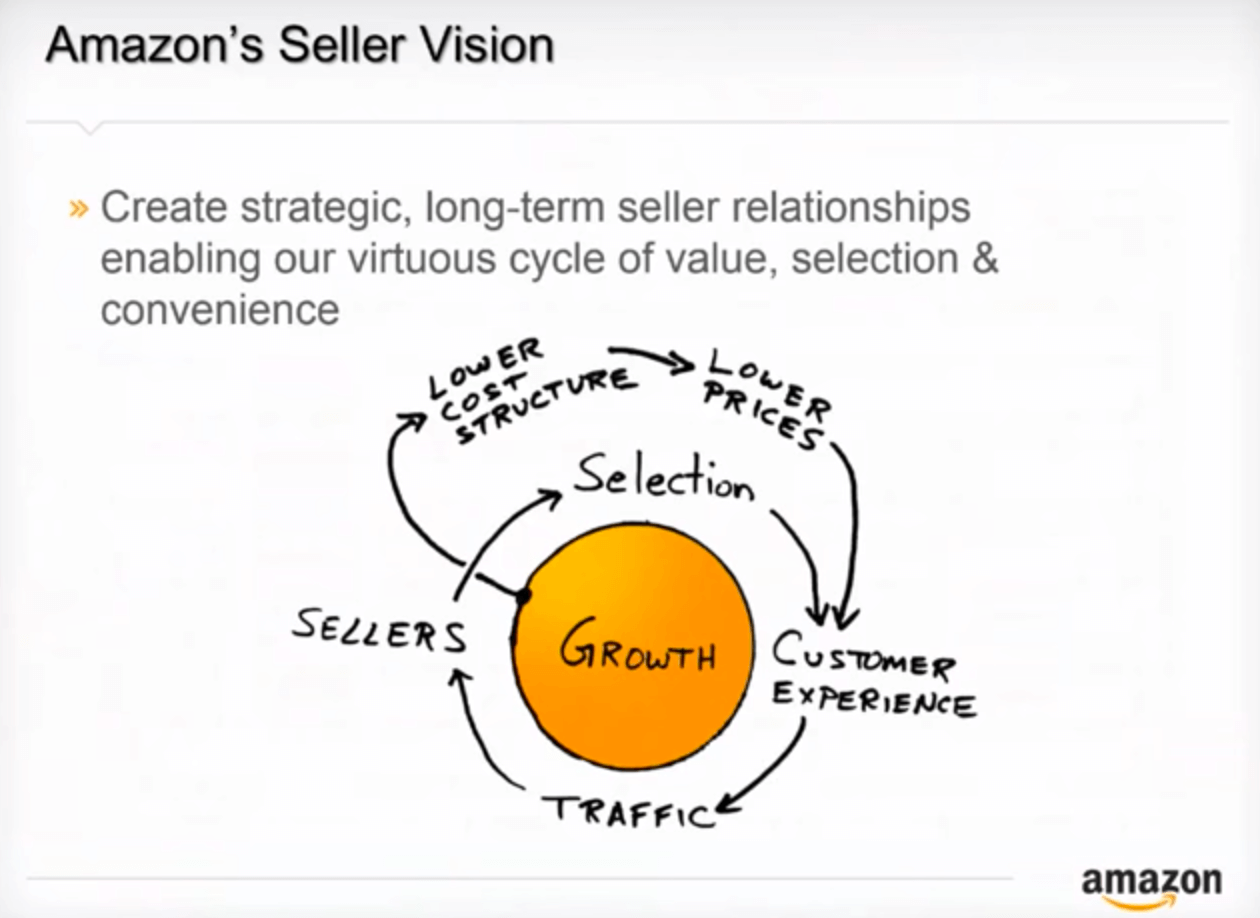
And here is a really interesting statistic from last year:
“50 percent of the total units sold on Amazon are from sellers.”
So there’s some reassuring facts and figures from an Amazonian. Now let’s move on to the good stuff & dig into some Amazon seller best practices.
Amazon Prime Day
Stop the press – a quick announcement!
Joel shared a quick explanation of the three-year running Amazon Prime Day – where Prime customers get access to the biggest Amazon sale day, with deep discounts on retail prices.
Here’s the important part, Prime Day will be in July (Date TBC) and the cut off for sellers to submit deals is May 21st!

Here’s how to participate:
For Prime Day submission sellers will get an email in the next few weeks to run a lightning deal if their products meet the following criteria:
- Prime offers only (FBA or Seller Fulfilled Prime)
- Lightning Deal prices must offer customers a 20% or greater discount from the average price listed on Amazon.com in the last 90 days
- Lightning Deal prices must also be lower than the lowest price since January 1, 2016
- 5,000-dollar minimum deal size (number of units multiplied by deal price)
- Must have a product rating of 4 stars or higher
- No listing defects on the ASIN detail page
- Adult products, suggestive images, and products of a controversial nature will not be accepted for Lightning Deals
You will be able to research this in seller central.
Amazon Intel From An Amazonian
OK we’re going in. Here’s all of the key information and tips that Joel shared…
A few facts about the Buy Box
First up Joel explained a few interesting facts about the Buy Box:
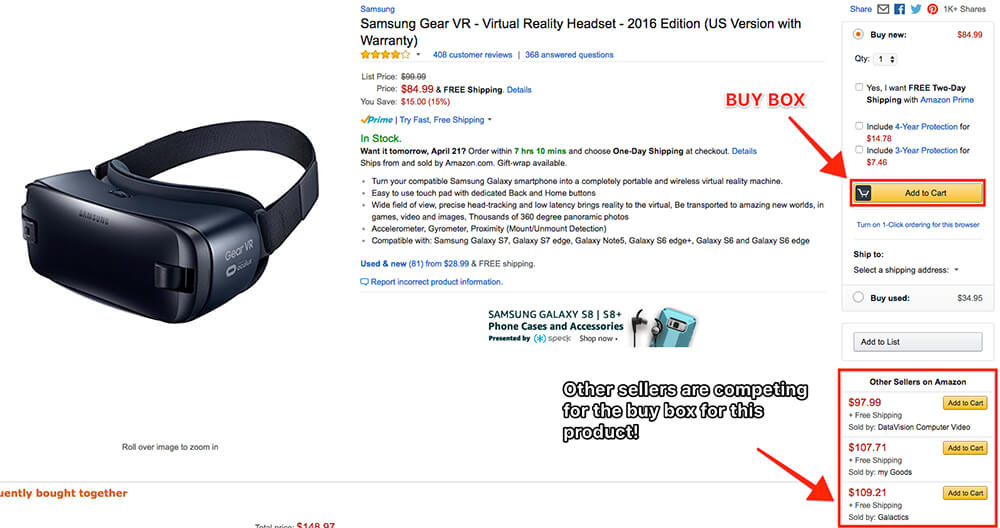
If you are competing for the buy box, these are the key factors that come into play: Price, customer reviews, low order defect rate and shipping charges.
Interestingly, Joel mentions that you can contact an account manager, if you have one, to get early buy box eligibility from day one. Useful tip for any wholesalers in particular.
Now, if you are a private label seller with a brand registered product, you should get 100% as the buy box as the only seller. For those of you following this case study, and taking steps to launch your own brand product, this applies to you.
In the Q&A we discussed what Private Label sellers should do if someone else sells the same product (aka: “listing hijacking“). Joel’s advice in this scenario is to always do a buy test. That is, order the suspected counterfeit product to see it in the flesh. This then arms you with evidence that you can give to Amazon to resolve the situation.
However, ordering a suspected counterfeit will take some time, so Joel advises that you also report the product listing from the page. Here’s an example of where that link is on a product listing:
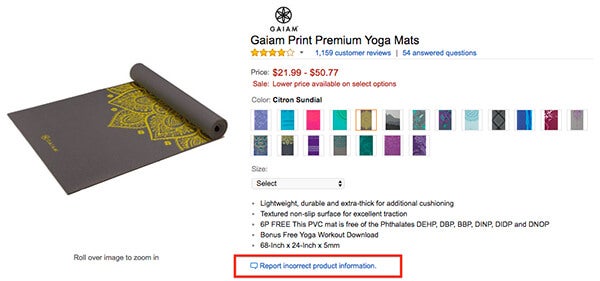
Pay-per-click (PPC) campaigns
Joel takes some time to discuss Sponsored Products on Amazon, or Amazon PPC – offering this as a best practice tip for successful launches as well as maintaining a profitable product during it’s life span.
He explains that only 30% of Amazon shoppers click past the 1st page of search results, making Amazon PPC a sure-fire way to bypass the waiting game, get to the first page, and increase sales velocity.
Additionally, if you take a look at some of his statistics here, you can see that many sellers are jumping on board with Amazon PPC, and you don’t want to get left behind:
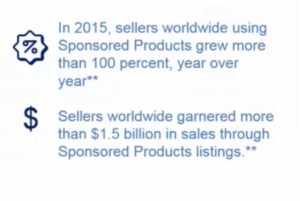
Another interesting fact that Joel confirmed is that if you are competing for the buy box, then your ads will only show when you are winning the buy box. Additionally, having Sponsored Products is likely to increase the amount of times you win the buy box.
On the other hand, if you are a private label seller winning the buy box 100% of the time, you can leverage PPC to get more people to see your product for a wider range of keywords.
Joel’s key surface level Optimization Tips for Amazon PPC are:
- Launch with automatic targeting
- Identify top-performing keywords & leverage to launch manual targeting campaigns
- Add negative keywords for terms not meeting your goals
- Increase budget on top performing campaigns
- Optimize keywords by increasing bids on low volume terms and high performing keywords
Further Amazon PPC resources
If you’re completely new to Amazon PPC, find lots more information and detailed steps in these articles:
- How to advertise your product on Amazon
- A step by step guide on finding converting keywords
- Leveraging PPC for better rankings and more data
And here are some really useful videos from Amazon themselves, if you don’t already have a Seller Central account (best viewed in Chrome):
Plus, if you have an Amazon account manager, you may also qualify for the following 8 week optimization support program:
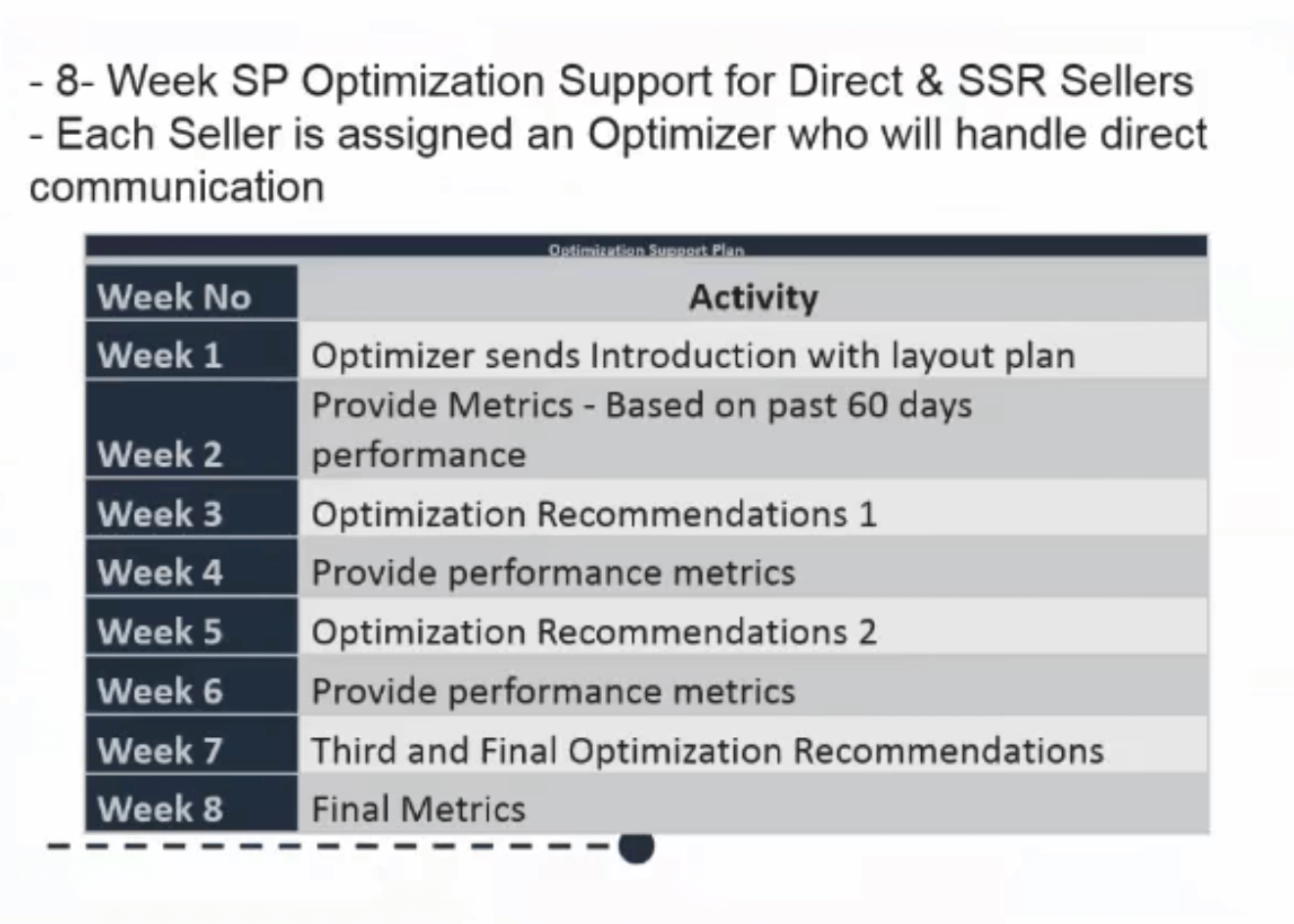
Amazon Marketplace: Where do you fit?
Joel specifically recommends starting with FBA (Fulfillment by Amazon), instead of MFN (Merchant Fulfilled Network, also known as FBM or fulfilled by merchant).
Here’s the keys to success as an FBA seller:
- Use FBA to scale your business and outsource shipping.
- Register as a Brand Owner*
- Apply for Enhanced Brand Content – this allows you to create more visual product listings, with text formatting and images in product descriptions.
- Consider Amazon Exclusives – this is a paid for service for sellers who sell exclusively on Amazon and do not have brick and mortar or other online distribution. The benefits include adding videos to your listings and other tools.
- As discussed above, set up Sponsored Products / PPC ads to maximize exposure.
*New information about Brand Registry: Amazon has temporarily stopped applications until the beginning of May, 2017, when they will roll out a new Brand Registry with more features to protect sellers. One of the new requirements will be to get your product Trademarked. At the time of publishing, Joel was not sure if a pending registration for a Trademark would suffice. Keep an eye out on the Amazon Brand Registry page within Seller Central for updates. This won’t affect existing brand registered products.
Should I get an account manager?
If you aren’t selling yet, here’s Joel’s slide about qualifying for getting an Amazon account manager:
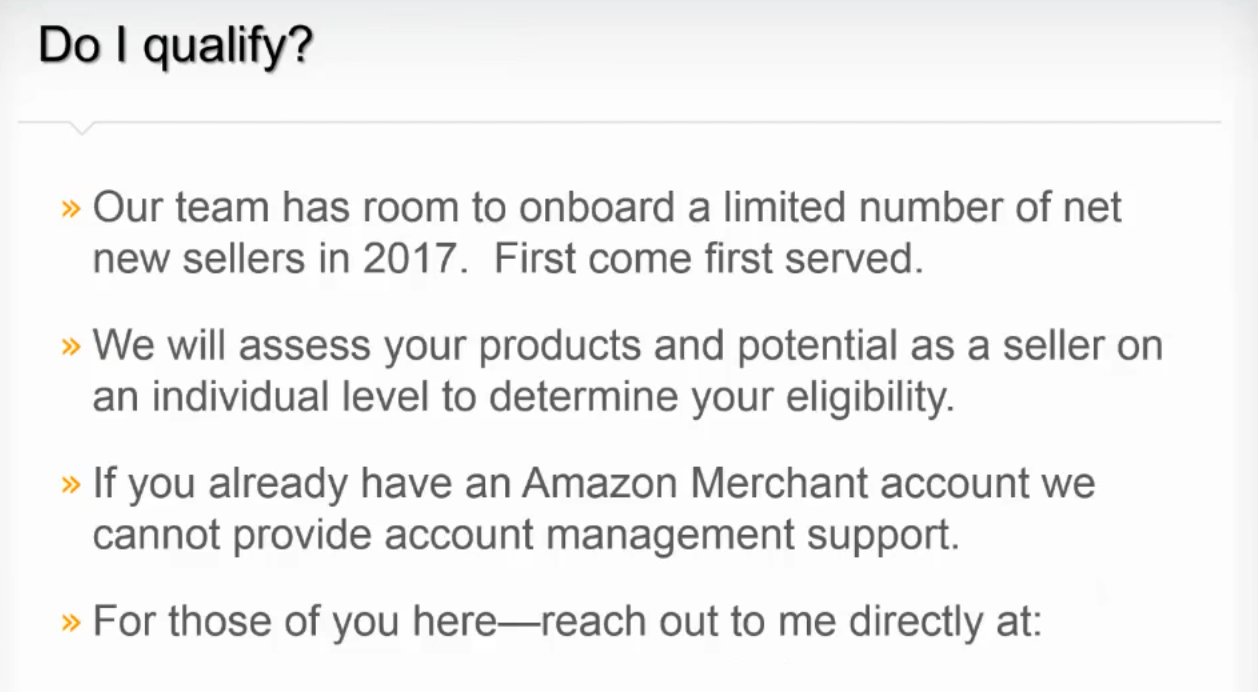
This is a free service from Amazon which Joel thoroughly recommends. (Note: since the recording of this webinar, Demi Marsh will be the new point of contact). You can contact Demi, who also works at Amazon and who will happy reply directly with any questions. Here are some qualification questions he’d like to know prior to speaking with you:
- What are your products?
- Where are you sourcing from?
- What is your revenue goal for the year?
- What other marketplaces or website do you sell on, if any?
If you already have an Amazon Merchant account, even if you aren’t selling yet, then you can’t access account management. Joel’s top tip for finding answers, other than contacting the infamous seller support, is to use the search bar right within seller central:
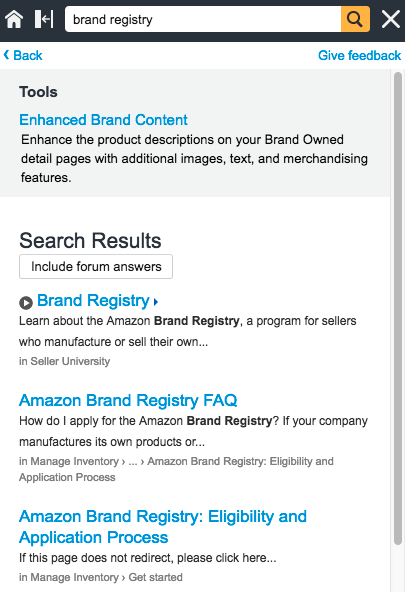
Spending a bit of time looking around this resource center is actually pretty useful, and can usually give you insight for a wide range of problems.
It has to be said, I have used seller support a few times recently, including the call-back feature and managed to find help successfully and quickly. So definitely try this out if you really are stuck!
Additionally, why not join our Facebook group, FBA Competitive Edge, it’s a wonderfully helpful community.
What’s Next?
Thanks for joining us for Episode #9 of the Million Dollar Case Study. Hopefully you have taken some good insights and inspirations from this session.
Make sure to stay tuned next week for episode #10 where we will be diving into Tax & Legal structure for Amazon sellers. Joining us we have Stewart Patton, US tax attorney, expat entrepreneur and founder of U.S. Tax Services. He is going to be covering a ton of knowledge on the topic and answering your questions, don’t miss it!
Join us on Wednesday, April 26th at 8p ET / 3p PT. If you’re already signed up we will send you a reminder. If not, sign up for the full case study below!
A Note From Joel On Qualifying for The Account Manager
UPDATE 4/1/18: Joel has recently moved to another team in Amazon. The new contact is Demi Marsh. Her email is marshdem [at] amazon.com. If you fit the following criteria, she would be the person to reach out to:
BEFORE you contact me please note that:
1. We don’t have account managers in the baby category. Additionally, if you are not based in the US, then we can’t help you with account management.
2. If you have an account that you have listed a product on (even if you have not made a sale yet) then you don’t qualify for an account manager. We only work with new sellers that have not listed a product.
3. You must be a US based seller in order for account management on .com. This means you must have a US bank account and US address in order for us to work with you.
4. You must have the cash flow and potential to sell at least $400K of inventory on Amazon in the 2017 calendar year. If this is not realistic for you, we can’t dedicate time to account management.
If you meet the above qualifications, here are some questions I’d like to know in order to determine if a conversation with me or another account manager is warranted. Again, you don’t need to reply with answers if you have already listed a product:
- What are your products and how many SKU’s do you have?
- Where are you sourcing from and when will the inventory be in your possession?
- What other marketplaces or website do you sell on, if any?
- What was your annual revenue from last year and or what is your revenue goal for this year?
- What email did you register with if you have already signed up but not listed yet?
- What is the best number and time to reach you if further information is needed?
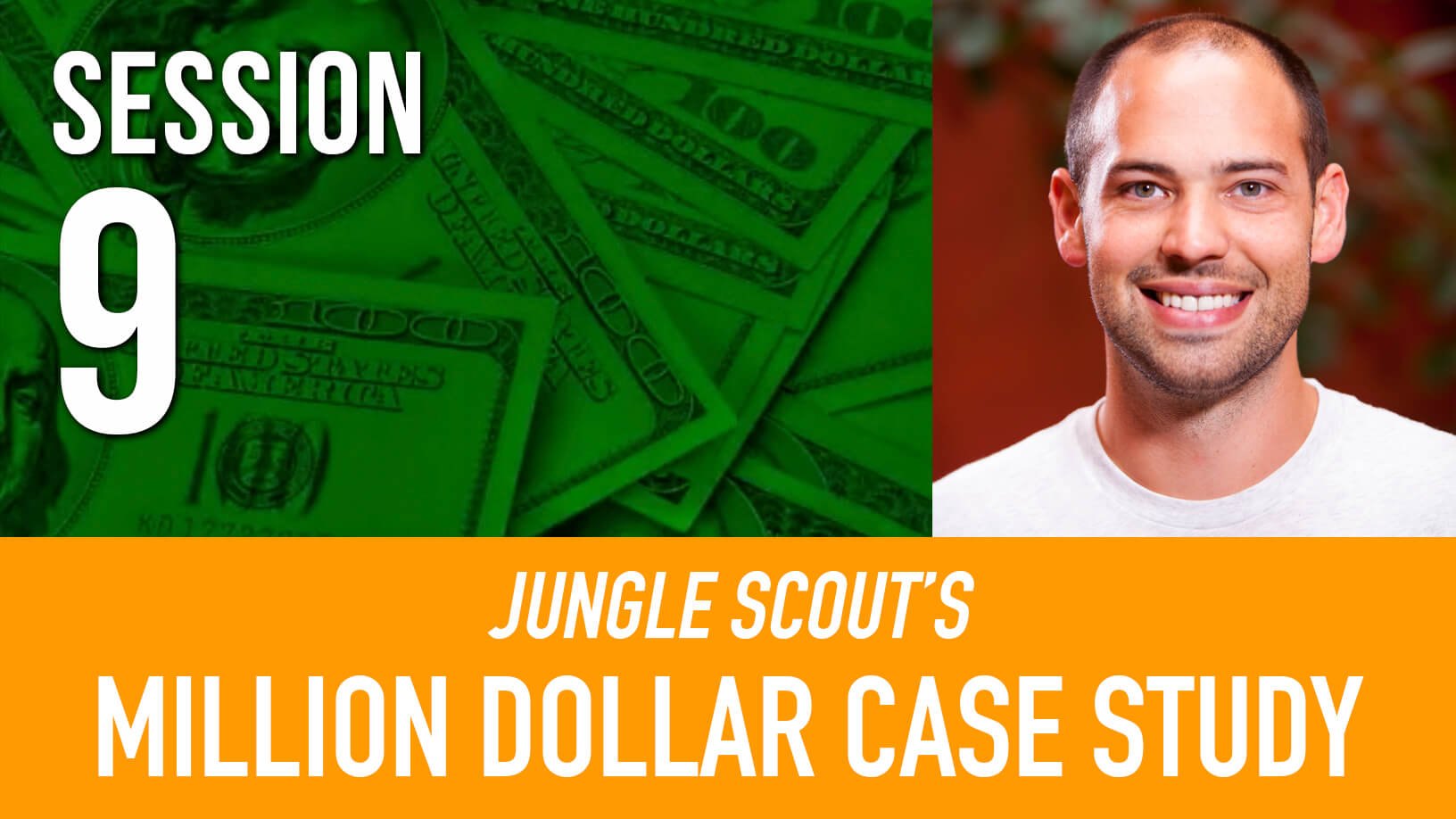
 20 Comments
20 Comments
20 comments on “The Million Dollar Case Study Session #9: Amazon Best Practices (from an Amazonian)”